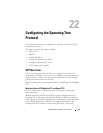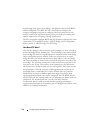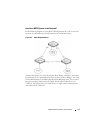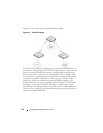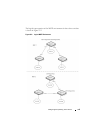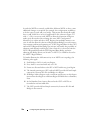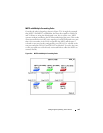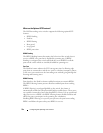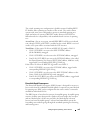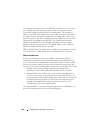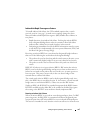
720 Configuring the Spanning Tree Protocol
In order for MSTP to correctly establish the different MSTIs as above, some
additional changes are required. For example, the configuration would have
to be the same on each and every bridge. That means that Switch B would
have to add VLAN 10 to its list of supported VLANs (shown in Figure 22-3
with a *). This is necessary with MSTP to allow the formation of Regions
made up of all switches that exchange the same MST Configuration
Identifier. It is within only these MST Regions that multiple instances can
exist. It will also allow the election of Regional Root Bridges for each instance.
One common and internal spanning tree (CIST) Regional Root for the CIST
and an MSTI Regional Root Bridge per instance will enable the possibility of
alternate paths through each Region. Above Switch A is elected as both the
MSTI 1 Regional Root and the CIST Regional Root Bridge, and after
adjusting the Bridge Priority on Switch C in MSTI 2, it would be elected as
the MSTI 2 Regional Root.
To further illustrate the full connectivity in an MSTP active topology, the
following rules apply:
1
Each Bridge or LAN is in only one Region.
2
Every frame is associated with only one VID.
3
Frames are allocated either to the IST or MSTI within any given Region.
4
The internal spanning tree (IST) and each MSTI provides full and simple
connectivity between all LANs and Bridges in a Region.
5
All Bridges within a Region reach a consistent agreement as to which ports
interconnect that Region to a different Region and label those as Boundary
Ports.
6
At the Boundary Ports, frames allocated to the CIST or MSTIs are
forwarded or not forwarded alike.
7
The CIST provides full and simple connectivity between all LANs and
Bridges in the network.






